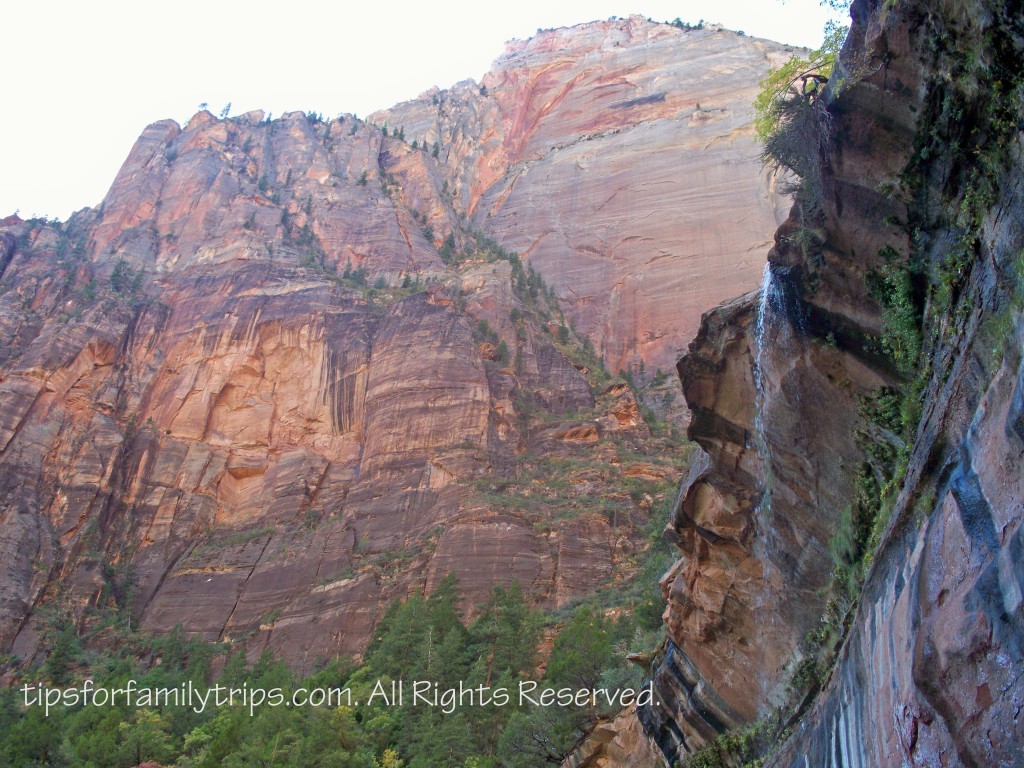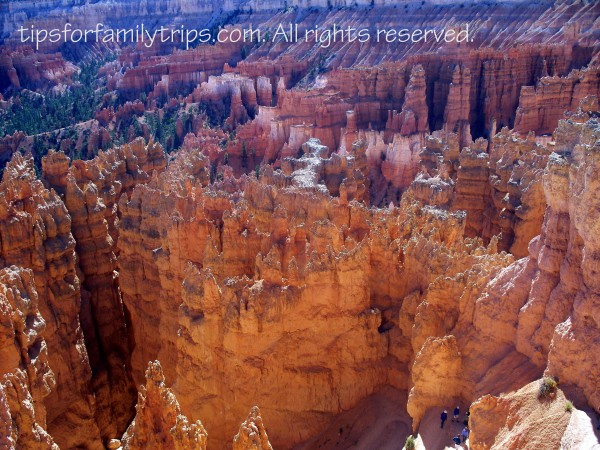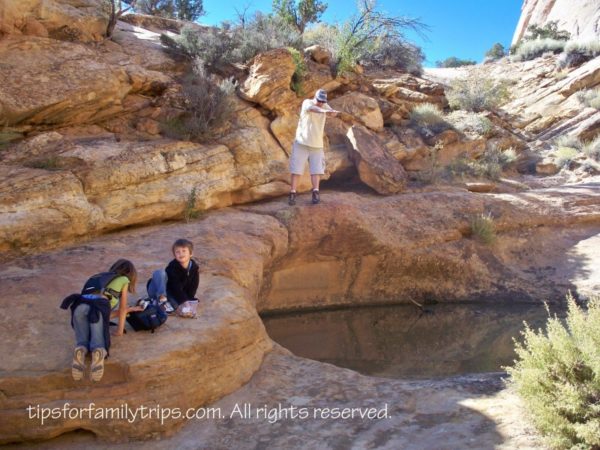There’s plenty to do in Ketchikan Alaska with kids! Whether in Ketchikan a day or two before or after a cruise or in the city for an extended time, there are a few must-sees.

SE Alaska Discovery Center
One of the best museums we viewed in Alaska, the SE Alaska Discovery Center is located in the heart of downtown Ketchikan, in easy walking distance of the cruise ship terminals. Start by viewing the 28 minute film, then tour through various ecosystems of Alaska, including rain forest, intertidal, and more. There are also exhibits on the fishing and crabbing industry, Alaskan Native populations and customs, and Alaskan wildlife. The museum exhibits don’t replace going out to see the ‘real thing’, but does give a great overview of the area. This stop would be best at the start of an Alaska vacation.
The museum is located at 50 Main Street. Admission is $5 per person.

Historic Creek Street
Ketchikan is known for its role as a gateway to the Klondike gold fields, and has a somewhat sordid past to reflect this pioneering history. Creek Street houses rows of historic buildings built along the pier over a large creek, most of which are now tourist shops. It’s worth a stroll along the boardwalk to catch glimpses of spawning salmon in the creek in summer and imagine what the town used to look like. A word of caution: Dolly’s, a one-time brothel, has been restored to its former glory for tours. Contrary to what the tour guides will tell you, the vast majority of parents would not consider the tour appropriate for children. The content discussed and some of the artifacts within the house are graphic. Learn from our mistake!
Misty Fjords National Monument
The best way to experience Misty Fjords National Monument is by boat. If you’re lucky enough to be cruising via small ship, you will have likely cruised through Misty Fjords, but if not, definitely include it in your day excursions. The best tour of the region: Misty Fjords and Wilderness Explorer, a 4.5 hour boat tour of the national monument run by longtime Alaskan-owned company Allen Marine. It’s easy to see wildlife aboard this two-story vessel, such as bald eagles and seals. There’s a natural onboard to point things out and answer questions, and snacks and tea and coffee are provided. We were most impressed by the 3,000 foot granite cliffs on either side of the boat, the numerous waterfalls, and New Eddystone Rock sticking out of the green-blue water.
Tip: If souvenir shopping, Ketchikan has ample opportunity to buy made-in-Alaska wares, such as Alaskan Native art or beadwork made locally. Ask shop owners whether their products are made in the state; you’d be surprised how much comes from oversees.

































